Launching a four-year global project to proclaim the genius of Frederick Ashton might seem unnecessary. His work is the bedrock of what’s widely known as The English Style and rarely absent from any British ballet season, whether at the Royal Ballet (for whom he created much of it), or elsewhere.
But the man was prolific, choreographing more than 100 works across half of the last century, and a large number of them deserve rediscovery. No matter that they were made in and for a very different world – a world of evening gloves and Margot Fonteyn and tea with the Queen Mother: today’s audiences still respond to the “poetic potency that needle-like reaches the heart”, exactly as he had hoped.
This triple bill shows work from the beginning, middle and end of Ashton’s career, beginning with the superficially fluffy Les Rendezvous of 1933. If at first it appears to be merely a pretty snapshot of upper-class youth meeting and flirting on a country estate, it quickly reveals itself to be something more, rolling out a stream of dazzling geometric floor patterns and quirky motifs. When three couples circle the stage doing a high prancing step, they are simultaneously the ponies pulling the traps and the young people riding in them, remarking on the views to left and right. The steps, even for the lower-ranking dancers, are fiendishly tricky with their repeated changes of direction and tiny, lacy steps, all the while demanding crisp gestures and marked épaulement (main picture) – an elegant twist in the upper body that Ashton favoured.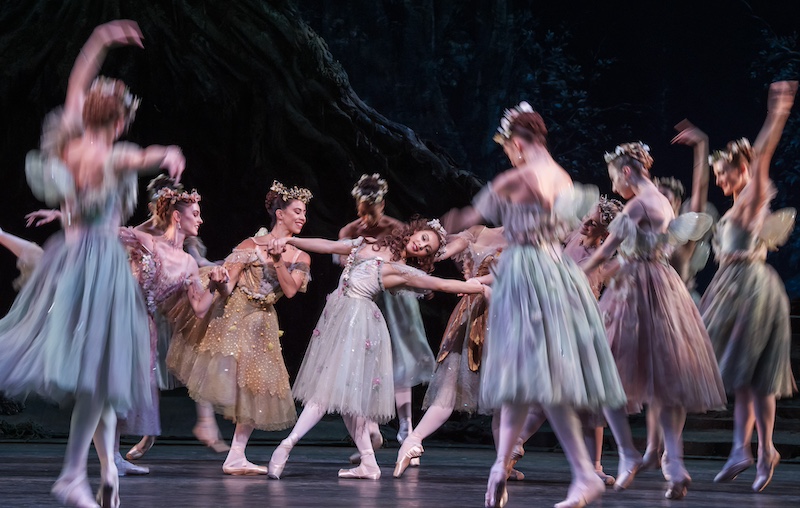 In the cast I saw, Marianela Nuñez (a dancer Ashton would have adored) took the solo ballerina role to a near-parody of femininity, strewing imaginary flower-seeds, stealing secret kisses from her beau (strapping Reece Clarke) and wriggling with excitement over her own dainty loveliness in moments of nicely judged comedy. New decor by Jasper Conran, inspired by William Chappell’s original, is simplicity itself, trees and hills mistily visible beyond wrought-iron gates, via which all the young things eventually, and with charming reluctance, depart.
In the cast I saw, Marianela Nuñez (a dancer Ashton would have adored) took the solo ballerina role to a near-parody of femininity, strewing imaginary flower-seeds, stealing secret kisses from her beau (strapping Reece Clarke) and wriggling with excitement over her own dainty loveliness in moments of nicely judged comedy. New decor by Jasper Conran, inspired by William Chappell’s original, is simplicity itself, trees and hills mistily visible beyond wrought-iron gates, via which all the young things eventually, and with charming reluctance, depart.
The Dream, Ashton's setting of Felix Mendelssohn's incidental music for A Midsummer Night's Dream, was celebrating its 60th birthday. For me, it could come back for its 61st, 62nd and 63rd, such is its imaginative scope coupled with a loving fidelity to Shakespeare's text, deftly filleted. Again, the corps de ballet – Titania's fairy escorts – are given steps just as exacting as those of as the principal characters, and the combined effect of their scurrying speed, their gauzy dresses (pictured above), and the fluttering upper strings in Mendelssohn's opening bars, is of a cloud of butterflies.
Francesca Hayward was our proud Titania for the night, with Marcelino Sambé her sleek Oberon. The "Nocturne" pas de deux, their rapprochement following the donkey incident, was a finely calibrated piece of drama, starting from a place of reluctant forgiveness, moving through loving forgiveness to something frankly and exultantly erotic – all the while remaining not quite human. Just detectable in the quietest bits of orchestration were the snuffles and eye-dabbings of an audience entranced.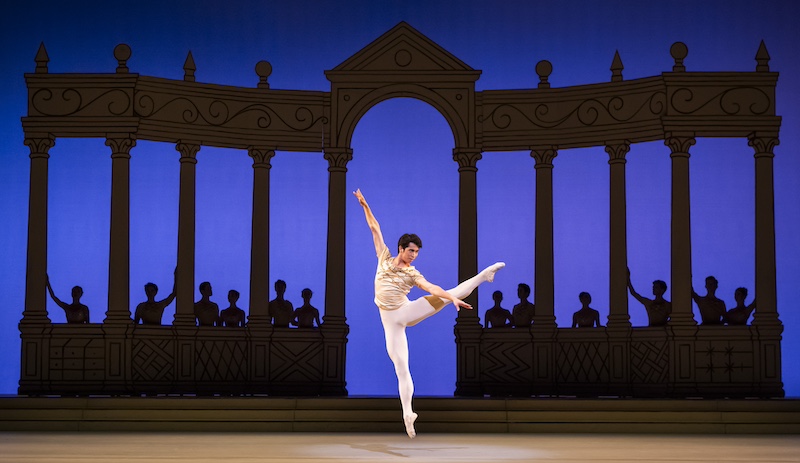 Rhapsody, whose creation in 1980 to showcase the jump-jet qualities of Mikhail Baryshnikov should have guaranteed it a warm spot in the repertory, is a harder edged affair, diamond-cut to match the dazzle of Rachmaninov's Rhapsody on a Theme of Paganini. In terms of sheer virtuosity the score rivals the composer's Third Piano Concerto, a warhorse of the repertory, and it's to the Royal Ballet's immense credit that it is able to field an in-house pianist capable of the challenge – its own Head of Music, Robert Clark. The Baryshnikov role went to Taisuke Nakao (pictured above), a young dancer still two ranks below principal, with Anna Rose O'Sullivan as his muse – though for most of the work the two stars glitter alone. Nakao has been bluebirding about the stage in absurdly difficult screw-jumps and sissonnes for a good 10 minutes before O'Sullivan appears, glimmering into view like a moth held aloft on a tremolando chord.
Rhapsody, whose creation in 1980 to showcase the jump-jet qualities of Mikhail Baryshnikov should have guaranteed it a warm spot in the repertory, is a harder edged affair, diamond-cut to match the dazzle of Rachmaninov's Rhapsody on a Theme of Paganini. In terms of sheer virtuosity the score rivals the composer's Third Piano Concerto, a warhorse of the repertory, and it's to the Royal Ballet's immense credit that it is able to field an in-house pianist capable of the challenge – its own Head of Music, Robert Clark. The Baryshnikov role went to Taisuke Nakao (pictured above), a young dancer still two ranks below principal, with Anna Rose O'Sullivan as his muse – though for most of the work the two stars glitter alone. Nakao has been bluebirding about the stage in absurdly difficult screw-jumps and sissonnes for a good 10 minutes before O'Sullivan appears, glimmering into view like a moth held aloft on a tremolando chord.
The company as a whole has rarely looked better in any Ashton ballet, bending gloriously into the upper-body detailing, the footwork sharp as glass. This programme alternates with a similar triple bill, substituting Les Rendezvous with shorter works.

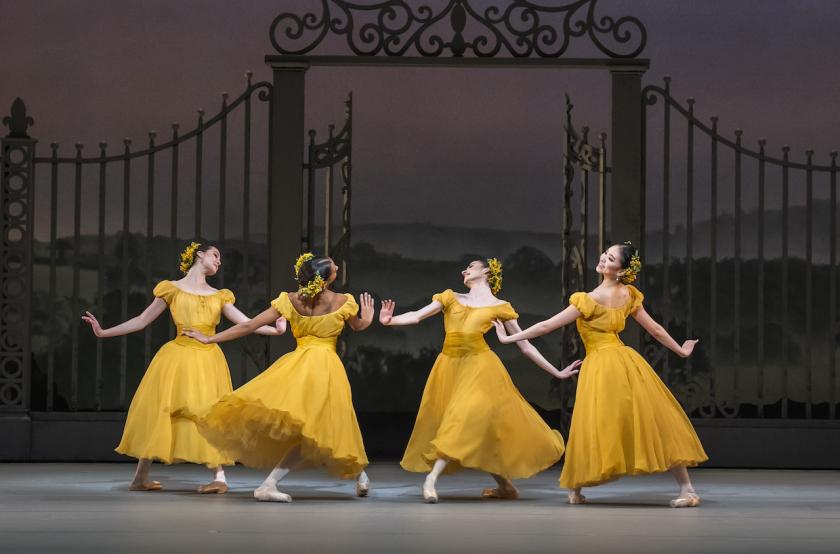



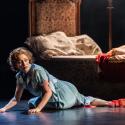


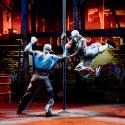


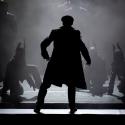
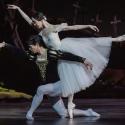

Add comment